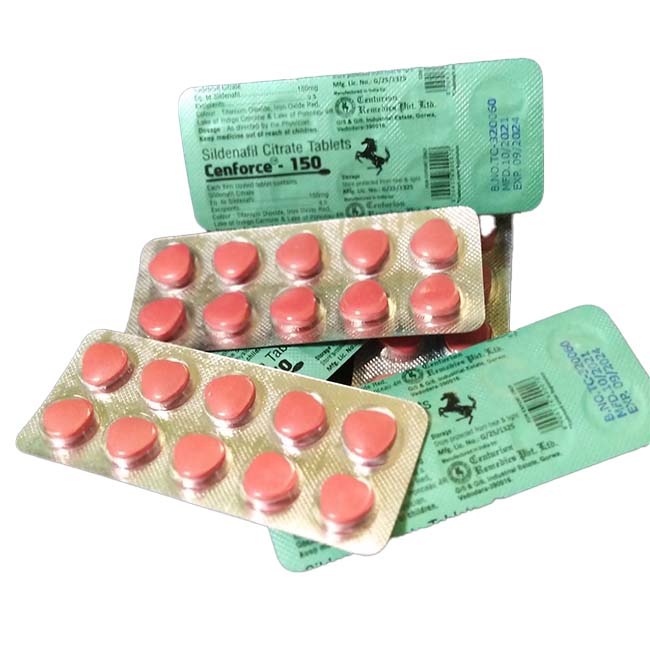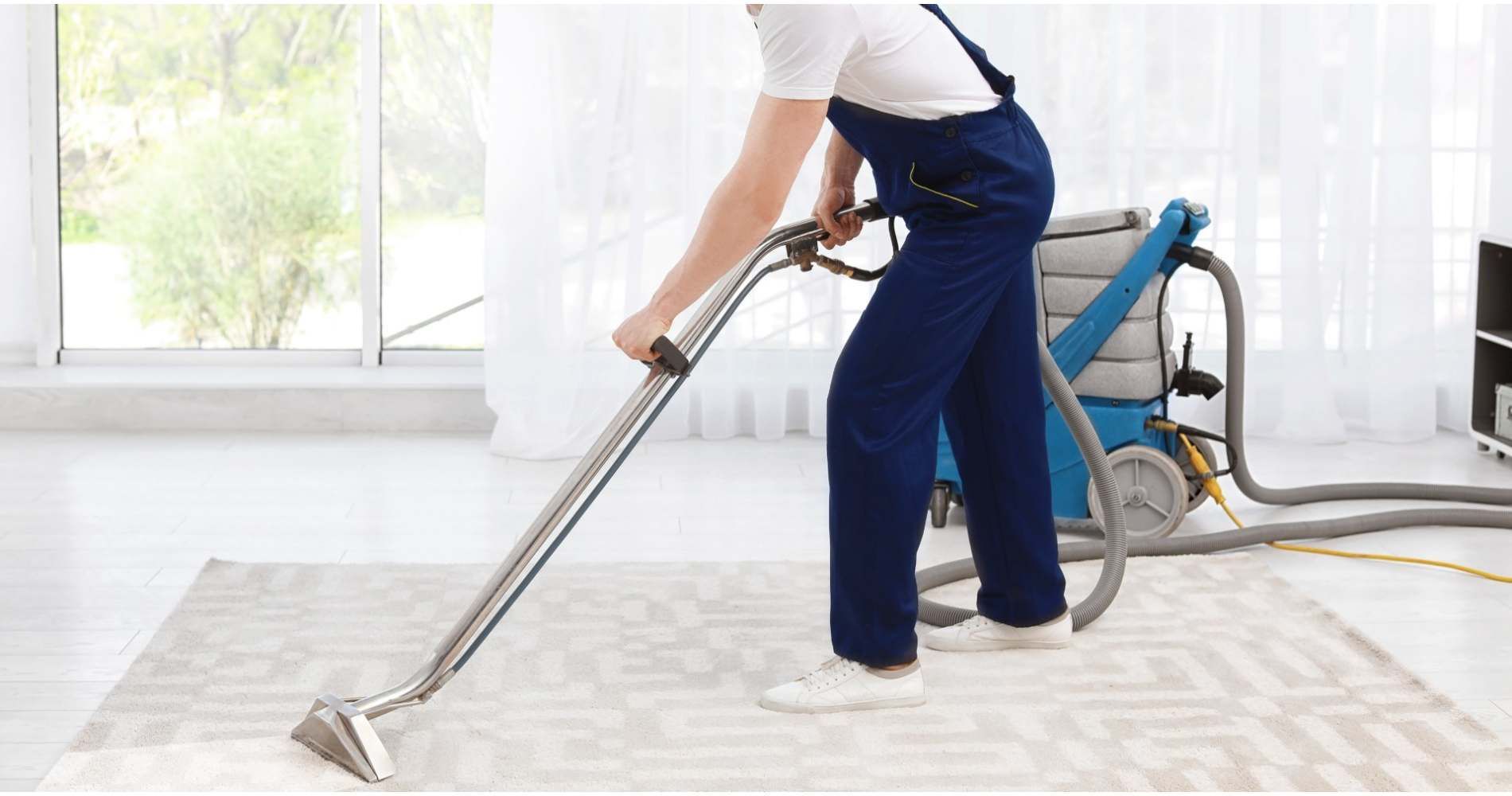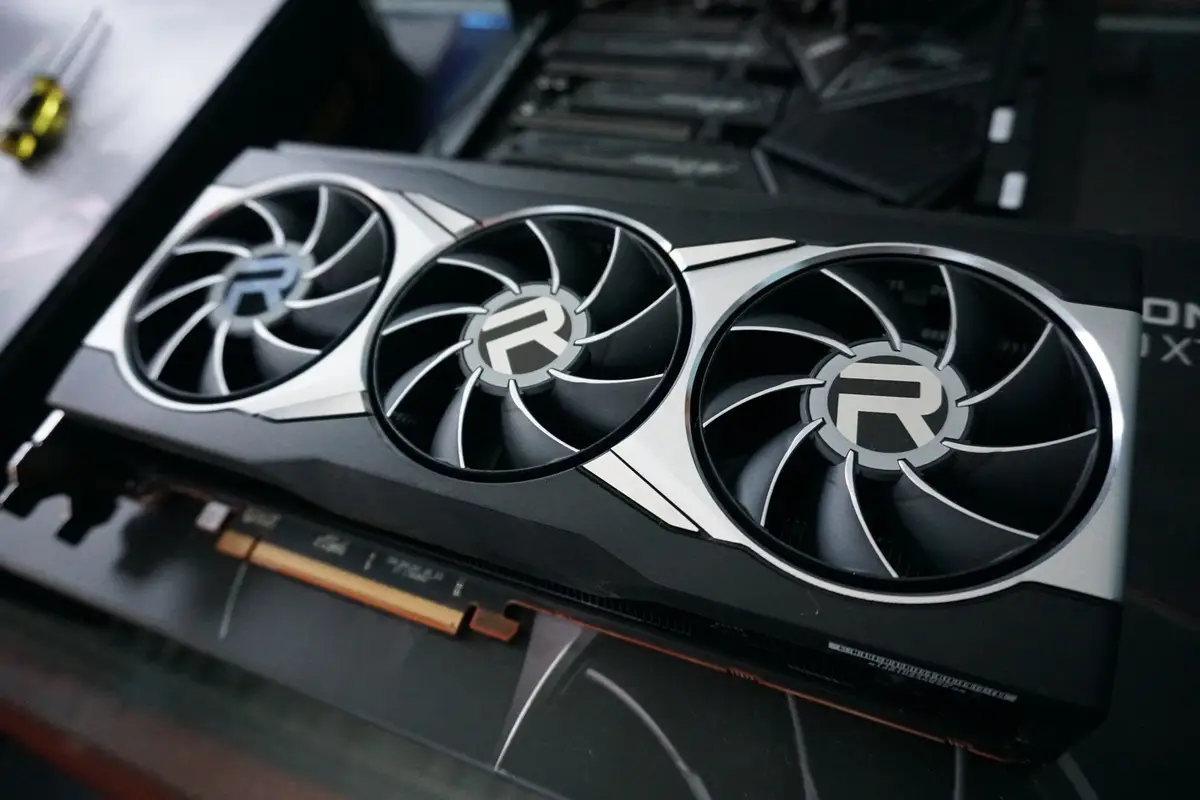Acute pain, often resulting from injury or trauma, can have a significant impact on an individual’s quality of life. In this comprehensive guide, we’ll explore the effects of acute aches, strategies for managing them effectively, and the role of Pain O Soma 350 in providing relief and improving overall well-being.
Understanding Acute Pain:
Acute pain is characterized by its sudden onset and short duration, typically lasting for less than six months. It serves as a protective mechanism, alerting the body to potential harm and prompting behaviors that promote healing and recovery. Acute aches can result from various causes, including:
- Injury: Traumatic injuries such as fractures, sprains, or strains can cause acute aches, often accompanied by inflammation and swelling.
- Surgery: Postoperative pain is common following surgical procedures, as tissues heal and the body adjusts to changes made during surgery.
- Medical Conditions: Acute pain can also occur due to medical conditions such as infections, dental procedures, or acute illnesses such as appendicitis or kidney stones.
Effects of Acute Pain on Quality of Life:
Acute pain can significantly impact various aspects of daily life, including:
- Physical Functioning: Pain can limit mobility and flexibility, making it difficult to perform routine activities such as walking, standing, or lifting objects.
- Emotional Well-being: Persistent pain can lead to feelings of frustration, irritability, anxiety, or depression, affecting overall mood and emotional stability.
- Sleep Disturbances: Pain can interfere with sleep quality and duration, leading to insomnia, fatigue, and daytime drowsiness.
- Social Interactions: Chronic aches may result in social withdrawal or isolation, as individuals may avoid activities or events that exacerbate their discomfort.
Management Strategies for Acute Pain:
Pain Medications:
Over-the-counter pain relievers such as acetaminophen, ibuprofen, or aspirin can help alleviate mild to moderate acute pain. For more severe pain, prescription medications such as Pain O Soma 350 may be recommended. Pain O Soma 350 is a muscle relaxant that works by blocking ache sensations between the nerves and the brain, providing relief from discomfort associated with muscle spasms and tension.
Pain medications alleviate discomfort by targeting the nervous system’s pain receptors. Common types include nonsteroidal anti-inflammatory drugs (NSAIDs) like ibuprofen, acetaminophen, and opioids such as morphine or oxycodone. While effective, opioids pose risks of addiction and overdose, prompting caution and close medical supervision in their usage.
Rest and Ice:
Resting the affected area and applying ice packs can help reduce inflammation and swelling, providing temporary relief from acute pain. Rest and ice therapy are common methods for managing acute injuries or inflammation. Rest allows the body to heal by reducing stress on the injured area, preventing further damage. Ice, applied intermittently for 15-20 minutes, constricts blood vessels, reducing swelling and numbing the area to alleviate pain. This method is particularly effective in the first 48 hours after injury. However, prolonged use of ice can cause tissue damage, so it’s essential to use it as directed and alternate with periods of rest. Consultation with a healthcare professional ensures proper application and integration with other treatment modalities.
Physical Therapy:
A structured exercise program supervised by a physical therapist can help improve strength, flexibility, and mobility while reducing pain and promoting healing. Physical therapy focuses on restoring movement and function to individuals affected by injury, illness, or disability. Through exercises, manual therapy, and education, physical therapists aim to improve strength, flexibility, and overall mobility. Personalized treatment plans address specific needs and goals, facilitating recovery and promoting long-term health and well-being.
Heat Therapy:
Applying heat packs or warm compresses to the affected area can help relax tense muscles and improve blood flow, providing relief from acute ache. Heat therapy involves applying warmth to the body to alleviate pain, stiffness, and muscle tension. Common methods include hot packs, warm towels, or heating pads. Heat increases blood flow to the affected area, promoting relaxation and accelerating healing. However, caution is necessary to prevent burns or exacerbating inflammation in certain conditions.
Mind-Body Techniques:
Practices such as deep breathing, meditation, or guided imagery can help reduce stress and tension, promoting relaxation and pain relief. Mind-body techniques encompass practices that connect mental processes with physical health. Examples include meditation, yoga, and tai chi, which promote relaxation, stress reduction, and overall well-being. These practices harness the mind’s influence on the body, enhancing self-awareness and cultivating resilience to manage various health challenges effectively.
Incorporating Pain O Soma 350 into Acute Pain Management:
Pain O Soma 350 can be a valuable addition to a comprehensive ache management plan for acute ache. As a muscle relaxant, Pain O Soma 350 helps alleviate muscle spasms and tension, providing relief from discomfort associated with musculoskeletal conditions. When used as directed and under the supervision of a healthcare professional, Pain O Soma 350 can complement other treatment modalities and improve overall pain management.
Conclusion:
Acute pain can have a significant impact on an individual’s quality of life, affecting physical functioning, emotional well-being, and social interactions. By understanding the effects of acute ache and implementing effective management strategies, individuals can take proactive steps to alleviate discomfort and improve overall well-being. Pain O Soma 350, when incorporated into a holistic ache management approach, can provide additional relief and support for individuals experiencing ache, allowing them to resume their daily activities and lead fulfilling lives. As always, it’s essential to consult with a healthcare professional for personalized assessment and guidance regarding the appropriate treatment options for acute aches.







